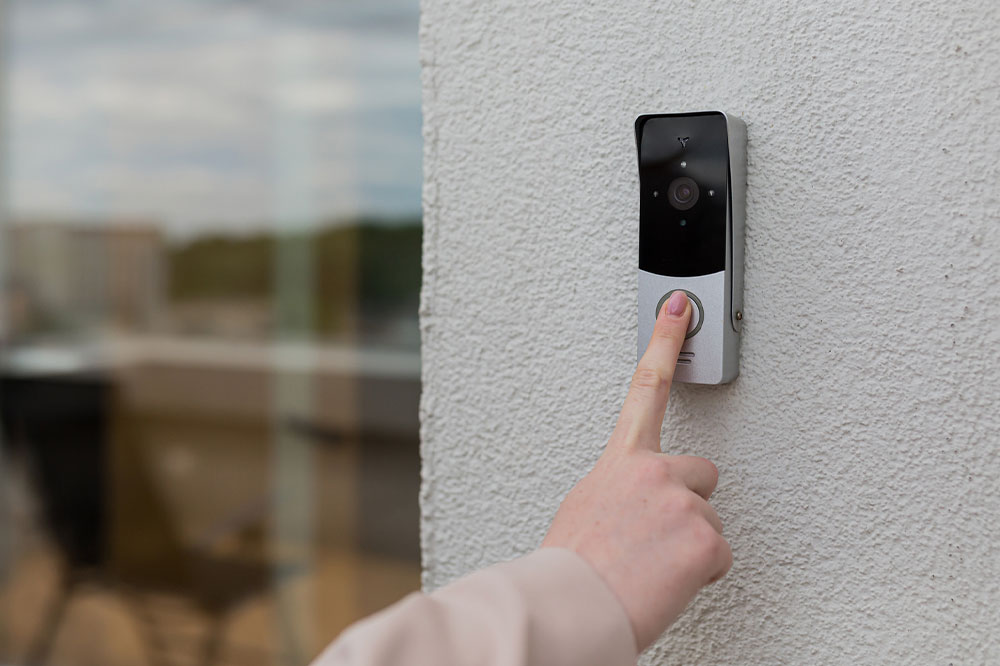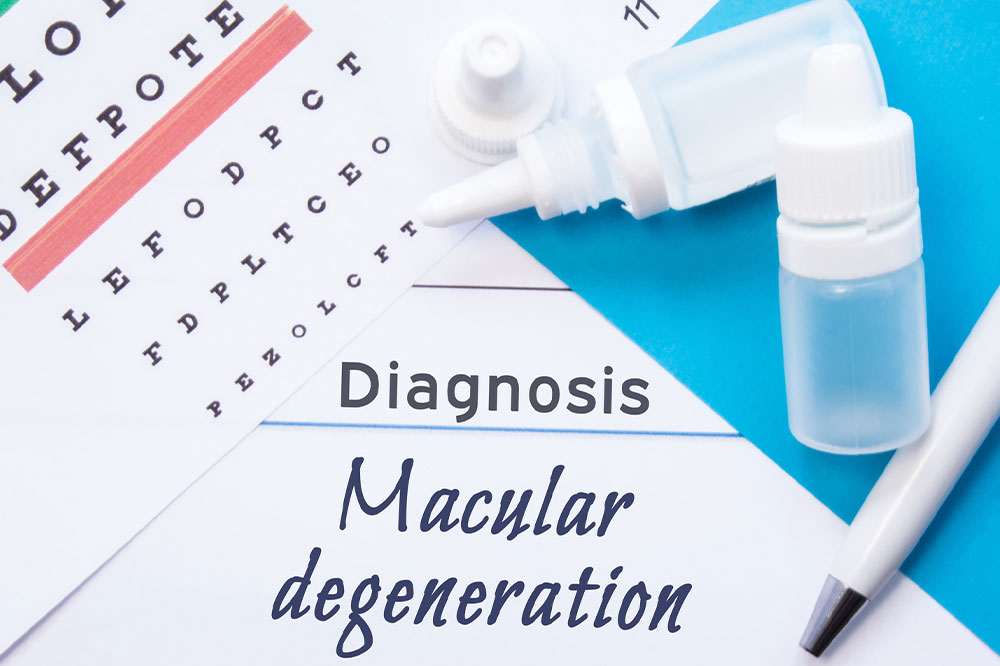Signs and management of urinary tract infection in cats

Cats can also get a urinary tract infection, which is a bacterial infection affecting their bladder or urethra. Cats may feel mild to severe discomfort based on the severity of the infection. If left untreated, the symptoms might worsen. So, it is important to keep checking cat litter to look for signs of UTI in cats and seek timely medical intervention. This can help in preventing further complications associated with UTIs.
Signs of UTI in cats
UTI in cats is brought on by bacteria. However, older cats and those dealing with existing health conditions are more likely to develop UTIs. Here are a few signs one may notice if their cat has a urinary tract infection:
1. Frequent urination
This is a telltale sign of urinary tract infection in cats. Cat parents would notice their pet make its way to the litter box more often than usual. Cat parents should avoid ignoring this sign and consult a vet as soon as possible. What could be happening is that the cat would be unable to empty its bladder satisfactorily and end up making frequent visits to the litter.
2. Straining to urinate
A UTI might cause the cats to spend prolonged periods in or around the litter box trying to urinate. The cat might also exhibit signs of pain and discomfort when they are trying to urinate. For instance, it may whine while urinating. This behavior can indicate obstruction or inflammation in the urinary tract and should prompt cat parents to seek veterinary attention.
3. Hematuria
Hematuria, also known as blood in urine, can be a sign of urinary tract infection in cats. It can be a painful symptom. The blood might make the urine appear brownish or pink, a clear indication that the infection is affecting the inner lining of the urinary tract. Alternatively, the blood can also indicate the presence of urinary stones or crystals in the cat’s urinary tract. Upon noticing this sign, pet parents should take their cats to the vet and get them examined. Acting quickly can help in the timely diagnosis and treatment of the condition.
4. Urinating outside the litter box
Urinary tract infections can cause pain, making cats associate the litter box with the discomfort associated with the infection. This can make the cats avoid using the litter box and urinate anywhere around the home—the floor, bed, or other furniture. This behavior, known as inappropriate urination, should also prompt one to consult a vet. It is also important to keep an eye out for unusual changes in behavior in pets, as they can be signs of an underlying condition.
5. Accidental urination
Cats with UTIs may experience urinary accidents in unusual places, inside or outside the house. The cats might not be able to make their way or wait to reach the designated litter boxes and urinate accidentally in the closet, on the countertop, and on carpets. This indicates a loss of bladder control. The urgency to evacuate can be a result of infection and the inflammation and irritation it causes.
6. Excessive licking
Cats tend to lick themselves to maintain cleanliness. Changes in the licking pattern and frequency, especially around the genital area, can be another indication of urinary tract infections. Cats might find it necessary to excessively groom themselves in an attempt to help alleviate their discomfort. The action might also help lessen the irritation caused by the urinary tract infection.
7. Strong odor in urine
Urinary tract infections in cats can result in strong, foul-smelling urine. If one noticed a more pronounced smell than usual, it could be a sign of bacterial infection present in the urine.
8. Decreased appetite and lethargy
Low appetite and lethargy can also be symptoms of urinary tract infections. The discomfort, strain, and inflammation associated with UTI can lead to a decline in energy levels. These could be because of or accompanied by an increase in inflammation levels and discomfort. One should keep an eye on such changes, and if their cat seems unusually tired and refuses to eat as much as it usually does, one should consult a vet.
Management options
UTIs are rare in cats and typically go away with the right treatment. However, it is crucial to take immediate action upon noticing the signs. One should also avoid trying home remedies without consulting a vet or waiting for the cat to recover and delaying treatment. Upon examining the cat and checking its urine sample for the presence of bacteria, the vet may recommend the following management options:
Prescription treatment: The first course of action for treating UTIs is prescription treatment. This can fight the bacteria causing the infection and relieve UTI symptoms in cats. Additionally, the vet may offer prescription treatment that can help reduce the pain associated with a UTI. However, this is limited to cases in which the cat is experiencing extreme discomfort.
Increasing water intake: Increased water intake can help eliminate the bacteria from the urinary tract of the cat. It can also help improve the cat’s overall health. Further, as dry food can lead to more concentrated urine, causing urinary tract problems, one may want to opt for more wet food for their cat to increase their fluid intake.







